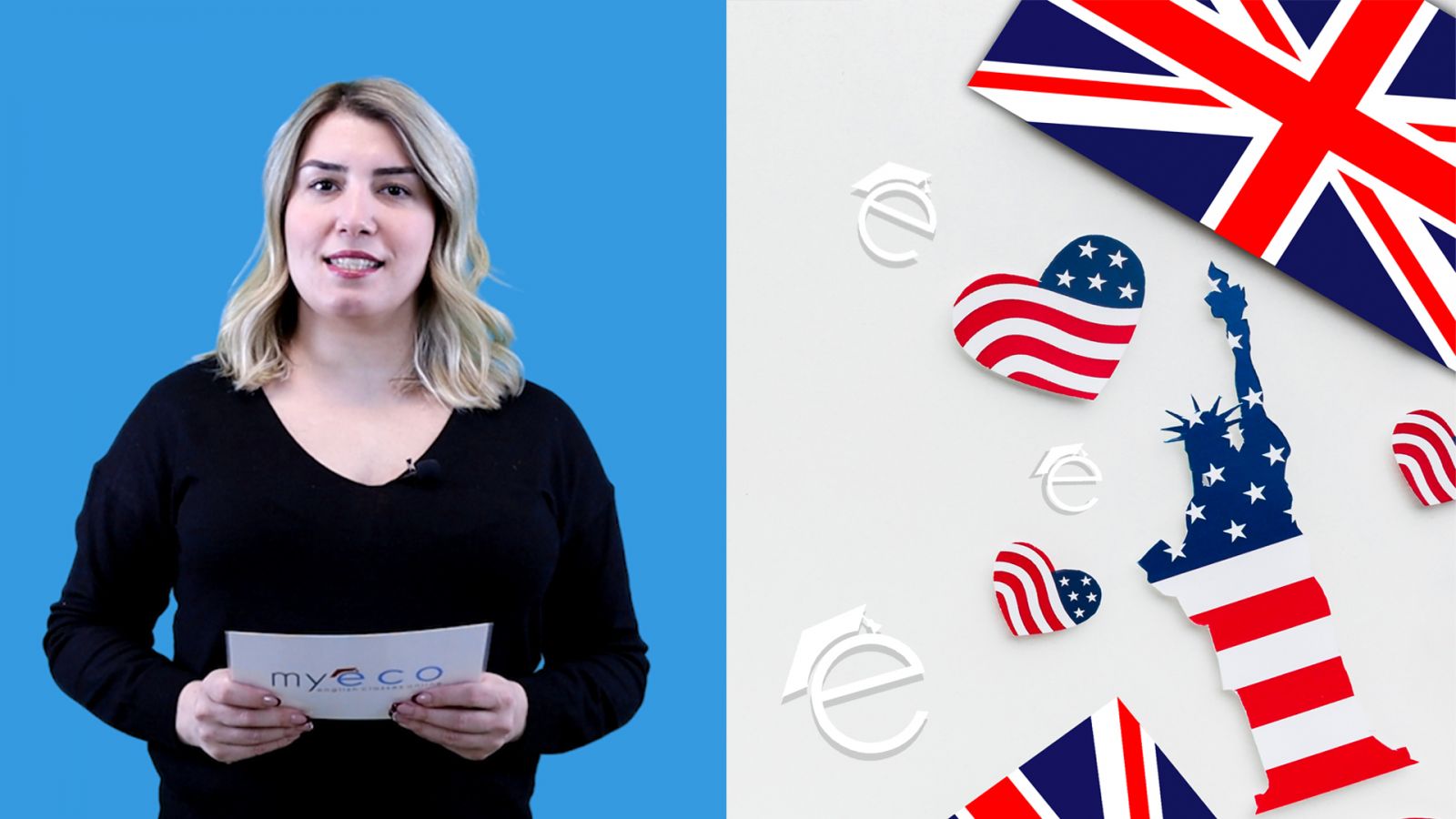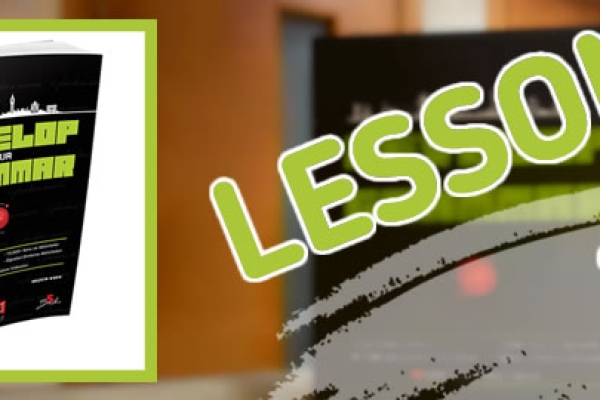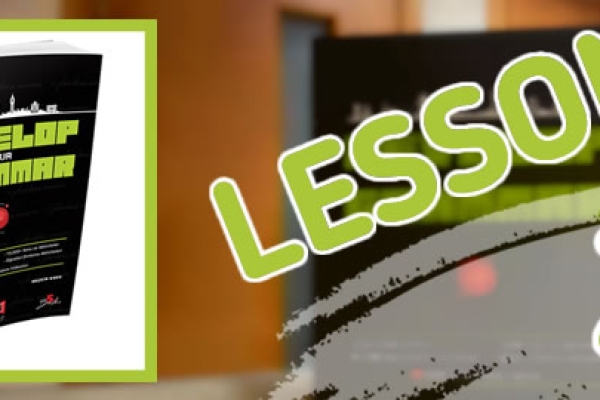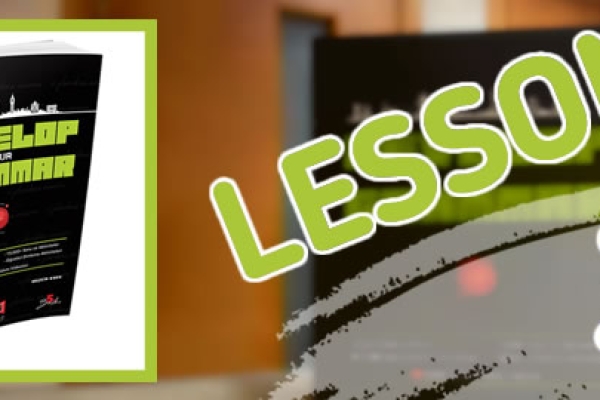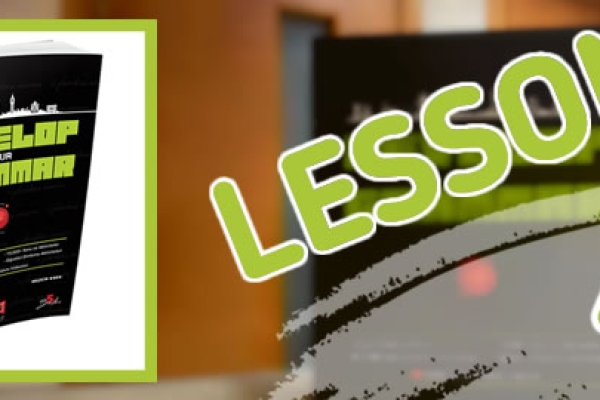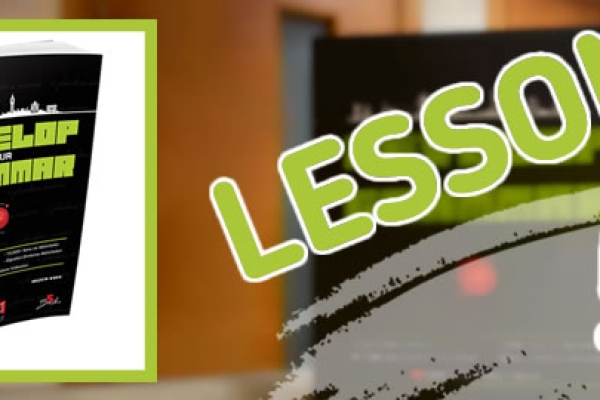Usage:
-
To Describe Actions That Started in the Past and Continue to the Present:
- It describes actions that began in the past and are still continuing.
- Example: "She has been working here for five years."
- It describes actions that began in the past and are still continuing.
-
To Describe Actions That Have Just Stopped:
- It describes actions that have recently stopped or have an immediate effect on the present.
- Example: "I am tired because I have been running."
- It describes actions that have recently stopped or have an immediate effect on the present.
-
To Describe Temporary Actions or Situations:
- It describes actions or situations that have been happening recently or temporarily.
- Example: "They have been studying all day."
- It describes actions or situations that have been happening recently or temporarily.
Structure of Positive Sentences:
- Subject + has/have + been + verb + -ing.
- Example: "She has been cooking dinner."
Structure of Negative Sentences:
- Subject + has/have + not (haven't/hasn't) + been + verb + -ing.
- Example: "He hasn't been working hard lately."
Structure of Question Sentences:
- Has/Have + subject + been + verb + -ing?
- Example: "Have you been waiting long?"
Time Expressions Often Used with Present Perfect Continuous:
- For, since, all day, recently, lately.
Examples:
- Positive: "They have been playing tennis."
- Negative: "She hasn't been feeling well."
- Question: "Have you been studying English?"
Usage in Context:
- Continuing Actions: "She has been studying for hours."
- Recent Activities: "He's been reading a lot lately."
- Temporary Situations: "I've been living here since last year."
********* ********* ******** ********
Ücretsiz video derslerimiz aynı zamanda TEMEL İNGİLİZCE DİL BİLGİSİ kitabımızın konu anlatımlarıdır. Temel İngilizce Dil Bilgisi kitabımız ile bu videolara çalışarak İngilizce öğrenebilirsiniz.
Kitabı incelemek için aşağıdaki resme tıklayınız.
Temel Seviyede daha fazla ve farklı video dersler izlemek, daha fazla soru çözmek ve online aktiviteler yapmak için aşağıdaki kursumuzu inceleyiniz. (Resme tıklayınız.)




